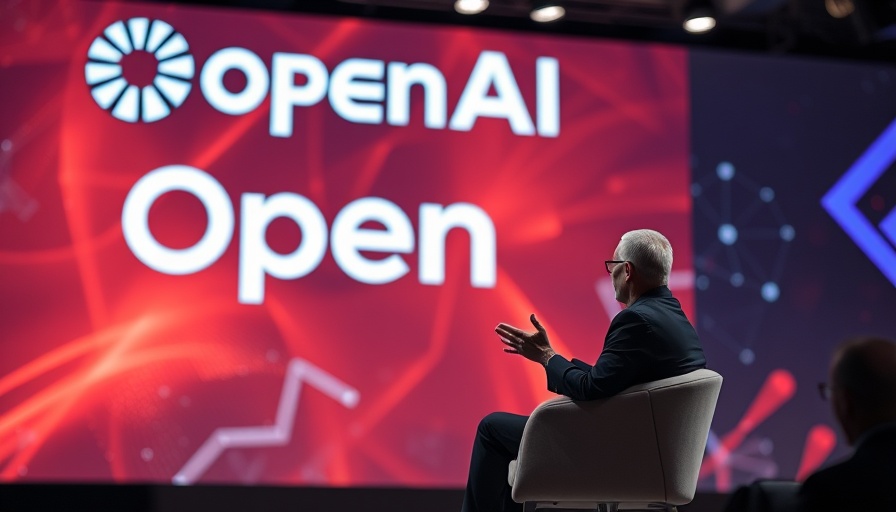
Meta CTO Challenges Sam Altman’s Claims About Compensation
In a heated response to claims made by OpenAI's CEO Sam Altman, Meta's Chief Technology Officer, Andrew Bosworth, labeled Altman's statements about massive signing bonuses as "dishonest." Altman alleged that Meta was attempting to lure OpenAI employees with offers exceeding $100 million, but Bosworth emphasized that such figures were exaggerated and misleading.
The Market’s Conditions: A Reality Check
At a recently leaked all-hands meeting, Bosworth addressed the issue directly, stating, "Sam is just being dishonest here. He's suggesting that we're doing this for every single person... Look, you guys, the market's hot. It's not that hot." This statement underscores that while competition for talent is fierce in the tech industry, such exorbitant offers are not commonplace.
Understanding the Competitive Landscape in Tech
While Altman expressed satisfaction that none of OpenAI's crucial staff members had pursued opportunities at Meta, Bosworth suggested that the counteroffers from Altman were shaping a limited pool of candidates available to Meta for their AI endeavors. This dynamic reflects the ongoing pressures within the tech industry where firms vie for the best minds, a struggle that’s intensified in recent years as AI continues to transform business operations.
Meta's Poaching Success and Ongoing Acquisitions
Despite Altman’s claims, Meta has successfully attracted key talent from OpenAI. High-profile researchers like Trapit Bansal and a trio of experts from OpenAI’s Zurich office have made their way to Meta. Lucas Beyer, one such expert, addressed the rumors directly on social media, saying, "no, we did not get $100 million sign-on bonuses; that's fake news." This reinforces that while Meta is successfully recruiting, the figures being discussed are far from reality.
The Bigger Picture: Meta’s AI Vision
Mark Zuckerberg, Meta's CEO, has reiterated his commitment to pushing boundaries in AI, expressing ambitions of creating superintelligent systems that could redefine product development throughout Meta. By assembling a specialized team and investing heavily in AI training resources like Scale AI, Meta is positioning itself as a leader in the AI market.
Conclusion: The Competitive Tug-of-War
The dialogue between Bosworth and Altman highlights the competitive landscape of the technology sector, exposing how narratives can be shaped to reflect advancements within companies. With growing speculation about AI’s future role, understanding the motives behind these hiring practices is essential for industry leaders and decision-makers. As the tech space evolves, so will its corresponding narratives—both in hiring and technological innovation. Stay informed and engaged with the latest updates to navigate these trends effectively.
 Add Row
Add Row  Add
Add 



Write A Comment